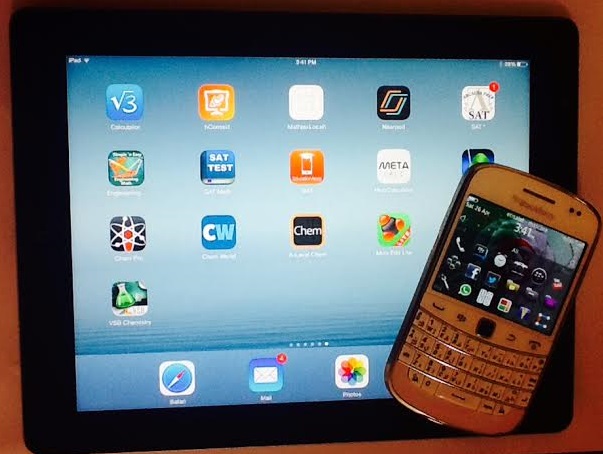 Mobile learning (or m-learning) has several features that make it a unique and effective approach to learning. Here are some of the key features of mobile learning:
Mobile learning (or m-learning) has several features that make it a unique and effective approach to learning. Here are some of the key features of mobile learning:
Powerful and portable electronic devices, such as handheld computers, tablets, smartphones, and MP3 players, have revolutionized the way we access and use information. With fast and
reliable wireless communication systems and billions of webpages available on the internet, we can now acquire and use information anywhere and anytime. This abundance of information,
both quantitatively and qualitatively rich, can be utilized for learning purposes, making it a form of mobile learning (or m-learning).
Mobile learning is a flexible and accessible approach to learning that allows learners to access educational content and learning materials anytime and anywhere, using portable
electronic devices. This technology-driven approach to learning has gained popularity in recent years due to its convenience, flexibility, and effectiveness.
Mobile learning can take many forms, such as text-based learning, video-based learning, audio-based learning, interactive quizzes, and games. It can be used in various educational
contexts, including schools, universities, workplaces, and informal learning environments.
One of the most significant advantages of mobile learning is its ability to provide personalized and adaptive learning experiences. Learners can access learning materials and
educational content that is tailored to their individual needs and preferences. Furthermore, mobile learning can enhance engagement and motivation through the use of multimedia
and interactive elements.
Overall, mobile learning is an exciting and innovative approach to learning that has the potential to transform the way we acquire and use knowledge in the digital age.
Mobile learning has revolutionized the way we acquire knowledge and skills by leveraging powerful and portable electronic devices such as tablets, smartphones, and MP3 players. The flexibility, efficiency, and affordability of mobile learning have made it possible to learn anywhere and anytime, well beyond the traditional classroom setting.
One example of the effectiveness of mobile learning is in language learning, where learners can use electronic maps on their tablets or smartphones to navigate and find directions in the street, which can be more effective than learning similar content in the classroom. Similarly, in science and engineering, powerful software can simulate complex phenomena and systems with user interaction, allowing learners to learn independently without the need for assistance.
Interactive HTML5 Math Applets for Mobile Learning have been designed to assist learners without the need for an instructor. These applets provide interactive visualizations and simulations of mathematical concepts, allowing learners to explore and understand complex mathematical ideas at their own pace.
Another example, Khan Academy offers a vast library of educational videos in various subjects such as mathematics, physics, chemistry, and many others. Learners can follow step-by-step problem-solving in these videos, enabling them to learn independently, at their own speed, and without the need for a teacher.
Electronic devices used in mobile learning offer several benefits that make learning more flexible, efficient, and effective. These benefits extend well beyond the traditional classroom setting and enable learners to acquire knowledge and skills independently and at their own pace.
 Mobile learning (or m-learning) has several features that make it a unique and effective approach to learning. Here are some of the key features of mobile learning:
Mobile learning (or m-learning) has several features that make it a unique and effective approach to learning. Here are some of the key features of mobile learning:
1) Handbook of Mobile Learning, Berge Zane, Zane L. Berge, Lin Muilenburg
Routledge, 2013.
2) Mobile Learning: A Handbook for Educators and Trainers edited by Agnes Kukulska-Hulme, John Traxler (google book)
3) The Evolution of Mobile Teaching and Learning edited by Retta Guy (google book)